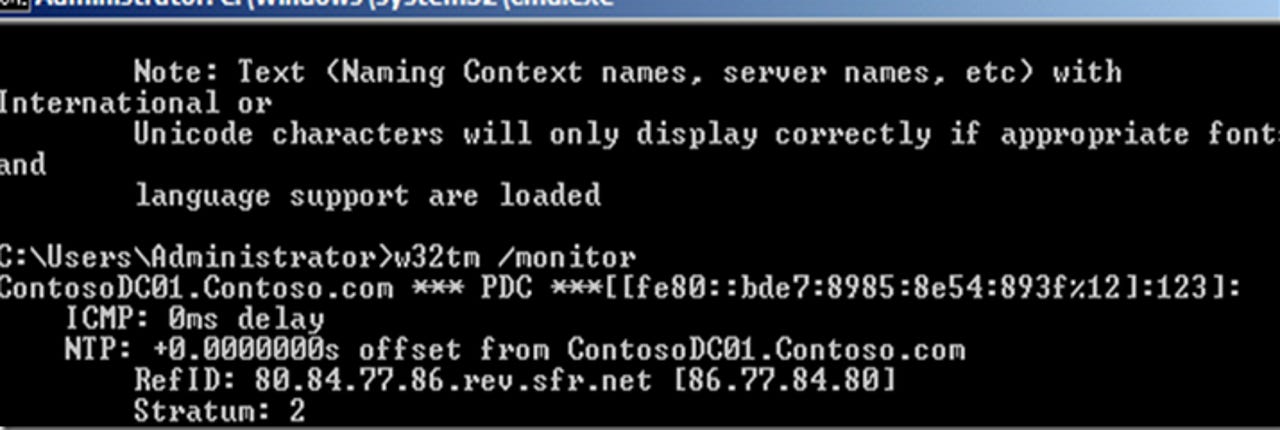Microsoft offers guidance on Windows Server Year 2000 time-rollback issue

While some of us were enjoying our tofurkey over the past week-plus, others were combatting a thorny Windows Server time-rollback issue.
Some Windows Server users are still recovering a recent problem caused by time servers at USNO.NAVY.MIL incorrectly provided time samples that listed 2000 as the current year.

Microsoft officials have been responding to help requests from those affected by the issue since November 19, 2012, the day some customers began noticing Active Directory replication and other time-sensitive operations failing in their environments.
According to a late-night November 19 post on the Microsoft "Ask Premier Field Engineering (PFE) Platforms" blog, Microsoft began seeing customer reports that some Active Directory Domains times were reverting to November 2000. Microsoft support began working with customers to try to sort out the issue without knowing at the time that the USNO.NAVY.MIL time samples were at fault.
In a subsequent post on November 23, the Softies provided a detailed explanation of the cause, symptoms and mitigation path for those affected. In that post, officials noted that the Active Directory forests most impacted by the time rollback shared two traits: The forest root primary domain controller) or master time servers lacked time-jump protection -- probably because they were running Windows Server 2003; and/or the forest contained Windows Server 2003 domain controllers.
"If system time moved back to year 2000 on November 19th between the hours of 21:07 UTC and 21:59 UTC (16:07-16:59 EST), it’s a pretty safe bet you were affected by the time rollback as USNO.NAVY.MIL," blogged Microsoft Premier Field Engineers Mark Morowczynski, Justin Turner and A. Conner."It’s also possible that your domain moved from current time back to November 19th 2000 then back to current time."
First and foremost, the blog authors warned those affected by the time-jump issue not to reboot immediately.
"AD Replication, Kerberos and possibly secure channels on trusts and computer accounts could be impacted by the time jump. A reboot may trigger the reading of invalid time on OS shutdown or on subsequent OS startup, especially on virtualized guest computers," they said.
The authors offered detailed, step-by-step instructions for repairing the issue, adding that "recovering from a time rollback is a complex situation so read each step carefully and don’t skip ahead or you’ll make the problem worse."
Those still stymied should contact Microsoft Commercial Technical Support for help, they said.